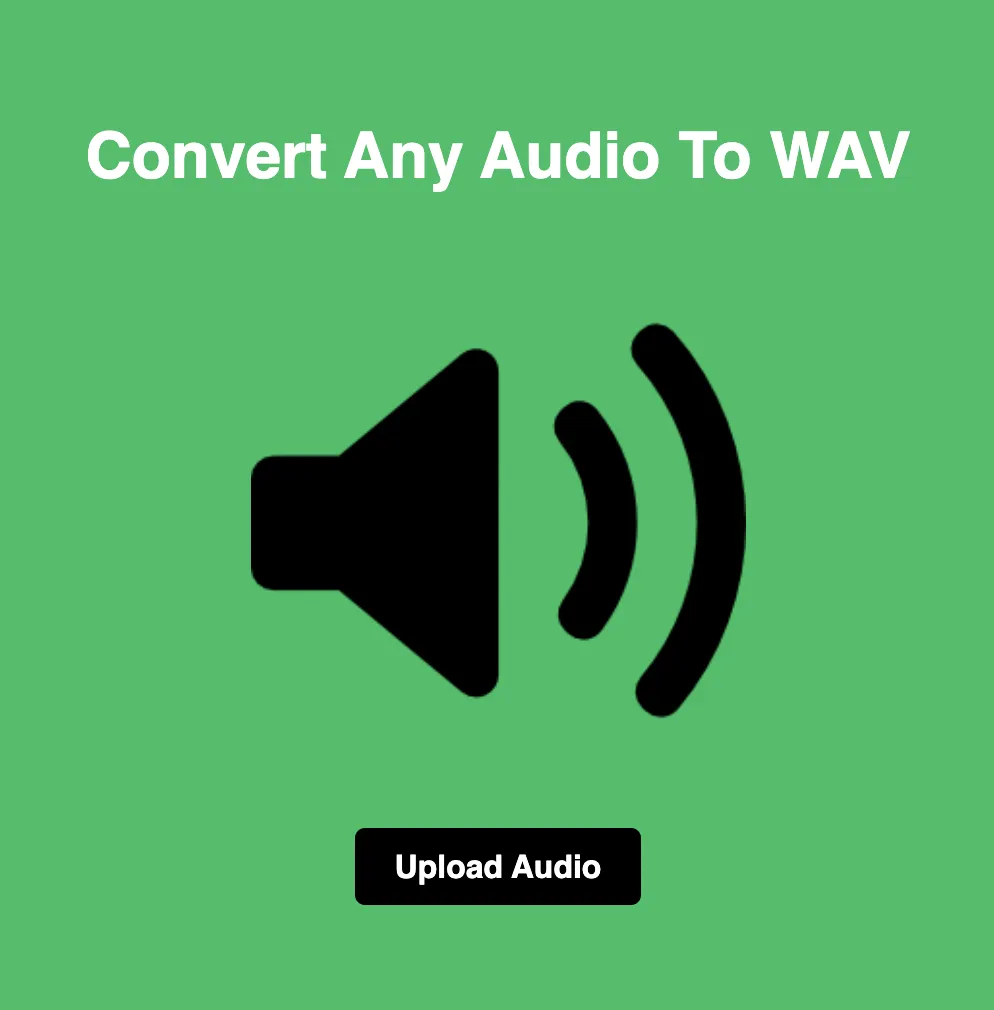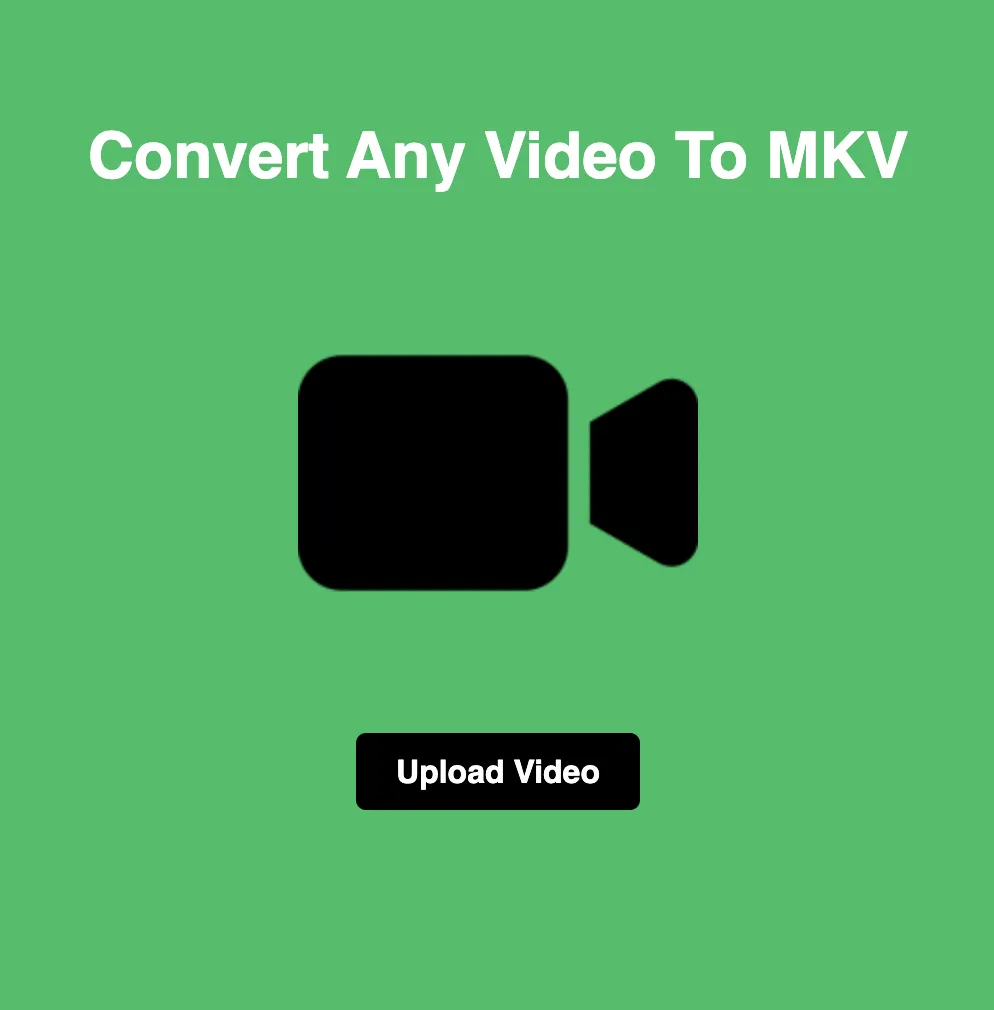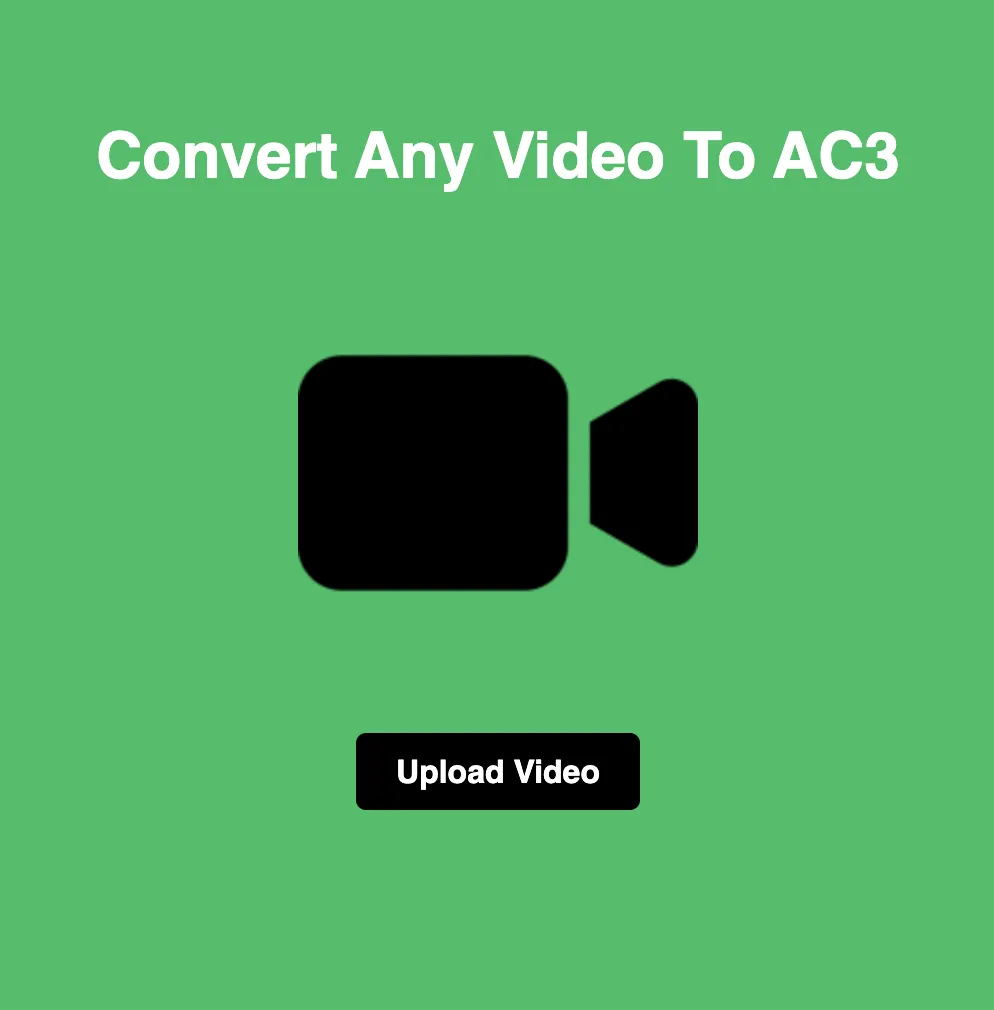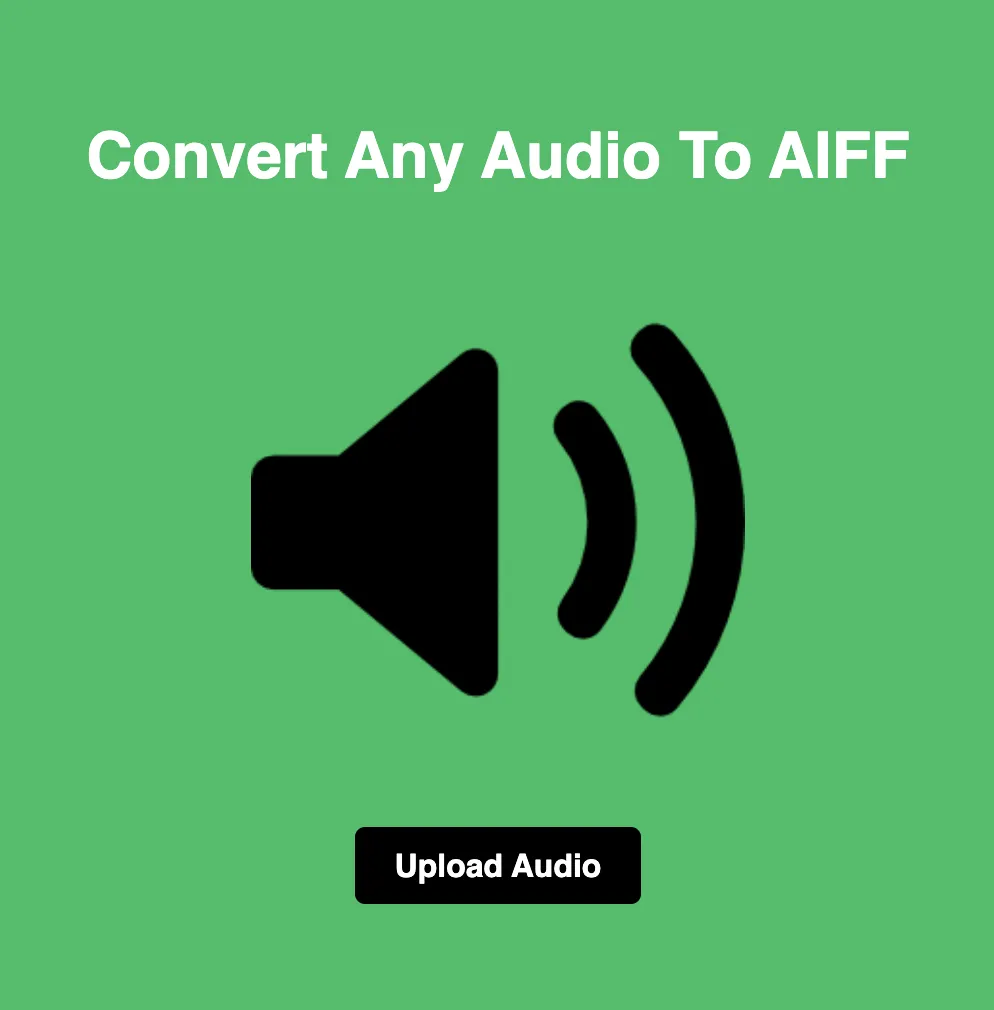
Audio-to-WAV Conversion: Elevate Your Sound Files
WAV (Waveform Audio File Format) stands as a gold standard for preserving audio quality without compression. Renowned for its uncompressed, lossless nature, WAV files are ideal for professional audio editing, mastering, and archival purposes. With Loopytools, converting audio files to WAV format is a breeze, ensuring that your sound files maintain their pristine quality. In this guide, we'll explore how to effortlessly convert audio files to WAV format using Loopytools.
Streamlined Conversion Process:
Loopytools simplifies the audio-to-WAV conversion process, providing users with a seamless experience. Here's a step-by-step overview:
Upload Your Audio File:
Start by accessing the Loopytools website and navigating to the audio-to-audio conversion tool. Click the upload button to select the audio file you want to convert to WAV format. Alternatively, use the drag-and-drop feature for quick uploading.
Select WAV as the Output Format:
In the conversion settings, choose WAV as the desired output format for your audio file. Loopytools offers various options to customize the conversion settings, including sample rate and bit depth, allowing you to tailor the output to your preferences.
Initiate Conversion:
Once you've selected the conversion settings, Loopytools automatically begins the conversion process. Leveraging advanced algorithms, Loopytools swiftly converts the audio file into WAV format, ensuring that the original quality is preserved.
Download the Converted File:
Upon completion of the conversion process, Loopytools provides users with a download link for the converted WAV audio file. With a simple click, users can swiftly download the WAV file, making it readily available for playback, editing, or archival purposes.
Benefits of Using Loopytools for Audio-to-WAV Conversion:
Loopytools offers several advantages for converting audio files to WAV format:
Preservation of Audio Quality:
WAV format preserves the original audio quality without any compression, ensuring that your sound files maintain their pristine fidelity. With Loopytools, you can rest assured that your audio files retain their full dynamic range and clarity.
Compatibility and Versatility:
WAV files are widely supported across various audio editing software, digital audio workstations, and playback devices. Whether you're working on professional audio projects or simply enjoying music on your preferred media player, WAV format ensures seamless compatibility.
Customization Options:
Loopytools provides users with customizable conversion settings, allowing them to adjust sample rate, bit depth, and other parameters to suit their specific requirements. Whether you're optimizing audio for CD production or high-definition audio mastering, Loopytools empowers you to tailor the conversion process to your needs.
User-Friendly Interface:
Loopytools features an intuitive interface designed to cater to users of all skill levels. Whether you're a seasoned audio professional or a novice enthusiast, Loopytools provides a seamless and user-friendly experience for converting audio files to WAV format.
Conclusion:
In conclusion, Loopytools offers a convenient and efficient solution for converting audio files to WAV format. Whether you're a musician, audio engineer, or enthusiast, Loopytools empowers you to preserve the quality of your sound files and unlock their full potential. Give Loopytools a try today and experience the seamless audio-to-WAV conversion firsthand!






